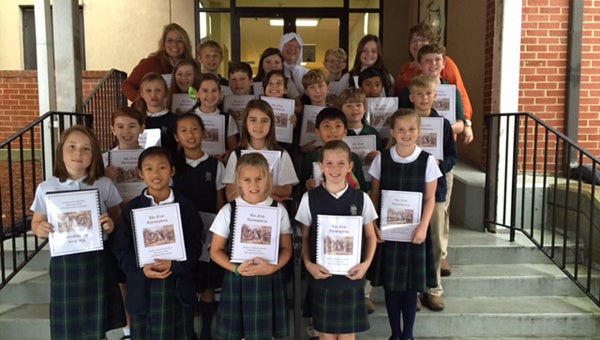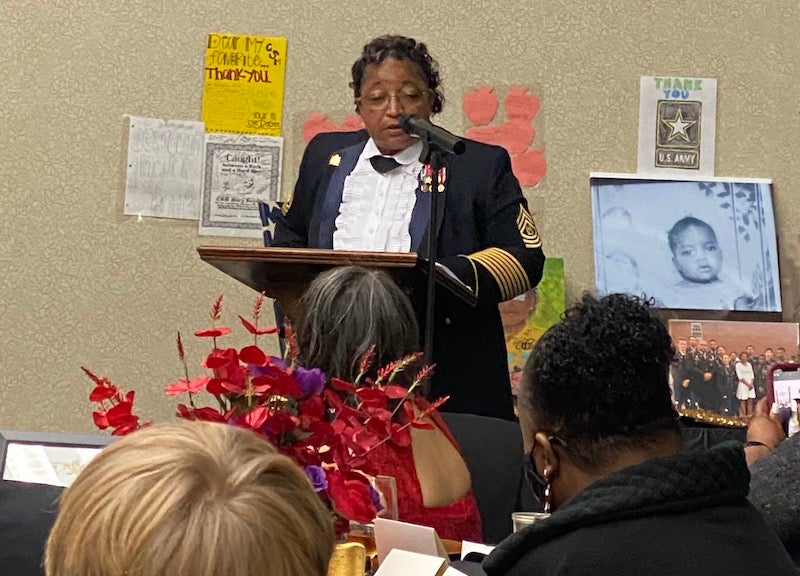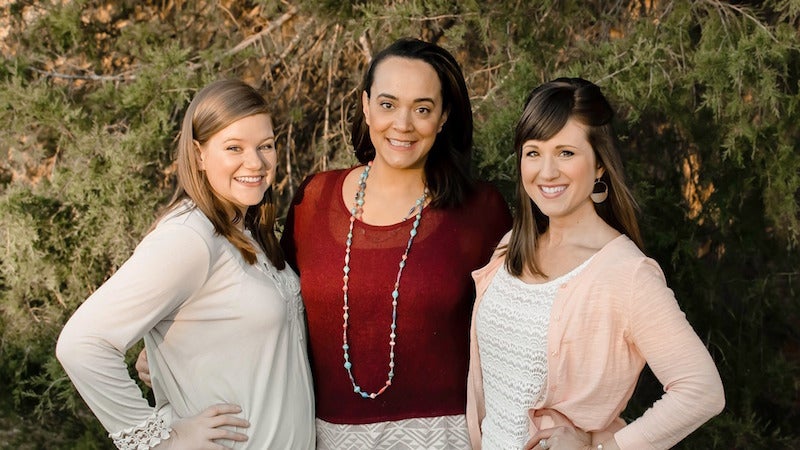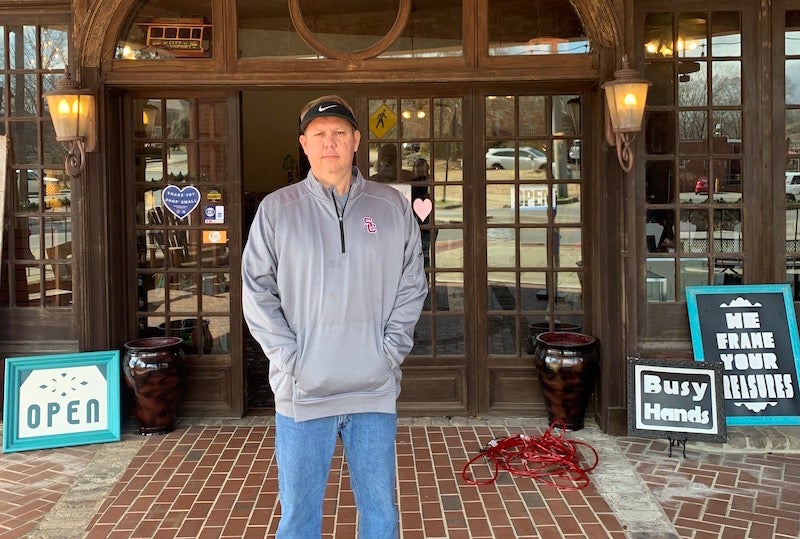Phoebe Pilgrim shares the first Thanksgiving at Evangel
Published 10:16 am Wednesday, December 2, 2015

Pictured are Phoebe Pilgrim (Phoebe Robinson, back center), Evangel Classical Christian School fifth grade teachers Leigh Ann Fleagle (back left) and Audrey Murdaugh (back right) with their fifth grade students holding the booklet that Robinson made telling the story of the first Thanksgiving. (Contributed)
By PHOEBE DONALD ROBINSON / Community Columnist
As regent of the David Lindsay Chapter of the Daughters of the American Revolution and president of the Friends of the Columbiana Public Library, I have taught programs about the founding of this great nation wearing period clothing and becoming a character of the past: Elizabeth Donald, my fourth great-grandmother sharing the American Revolution and Constitution; Betsy Ross making the first American flag; and Phoebe Pilgrim sharing the voyage of Mayflower and first Thanksgiving.
As Phoebe Pilgrim, I wore Pilgrim dress and coif to share with the fifth grade class at Evangel Classical Christian School about the Mayflower’s 65-day adventure in 1620. Approximately 50 “Saints” (Pilgrims) persecuted and imprisoned for their faith, and 50 “Strangers” (adventurers) left England to start a life in the new world to be free.
Before they landed on Cape Cod, the two originally opposing groups united to sign the Mayflower Compact on Nov. 11, 1620, the first form of government in America, agreeing to vote for a leader, abide by the rules of law, and come together for the common good of all.
The Pilgrims finally settled in Plymouth in the freezing winter. The majority lived on the Mayflower while the Common House and cabins were built. Over half died that winter of starvation and disease.
In the spring, the Indian Samoset, who had previously traded with the English, walked into the settlement carrying two arrows, one with flint for war, and one without for peace. The Pilgrims chose peace.
Samoset introduced the Pilgrims to Squanto who taught the Pilgrims how to survive by hunting, fishing and planting the three sister crops, corn, beans and squash in one hole with a fish to fertilize.
After a bumper crop, the Pilgrims wanted to thank God and the Indians for their survival and peace with a Thanksgiving feast which lasted three days.
Squanto said the corn and beans are like the Indians and Pilgrims. The corn (Indian) stands tall and beans (Pilgrims) wrap their vines around them and they become one.
The first Thanksgiving was the beginning of harmony for our nation, people assimilating together to be one nation under God where each can freely live together, agreeing to disagree on issues but live in peace.
The students had a test on the Pilgrims after my visit.
They summed up the first thanksgiving so well: “I think we should remember the Pilgrims that went through all the hard struggles that made us what we are today, a free nation. If they hadn’t had such a strong faith in God or bravery, we might not be here today.”








